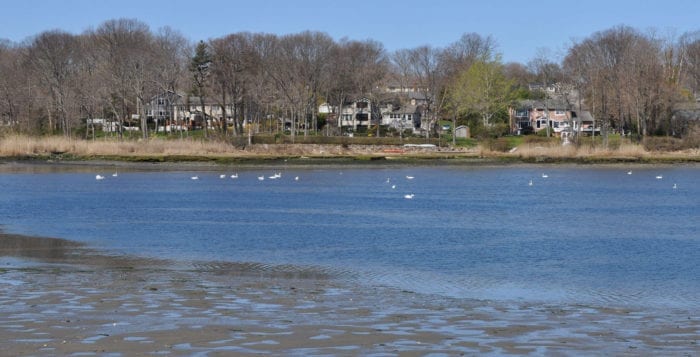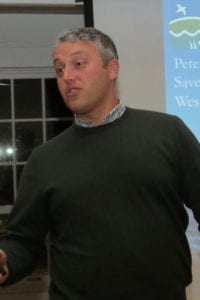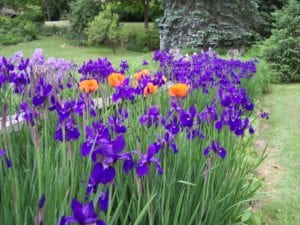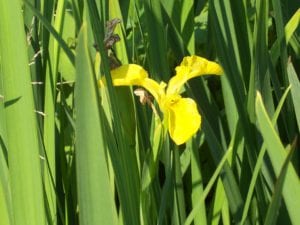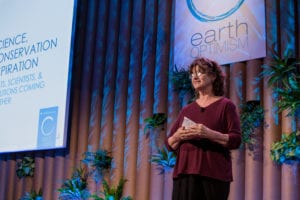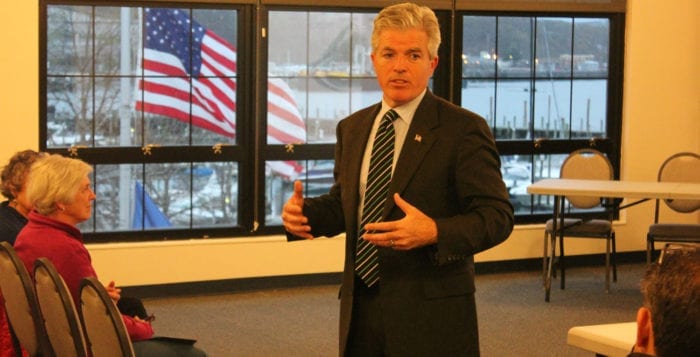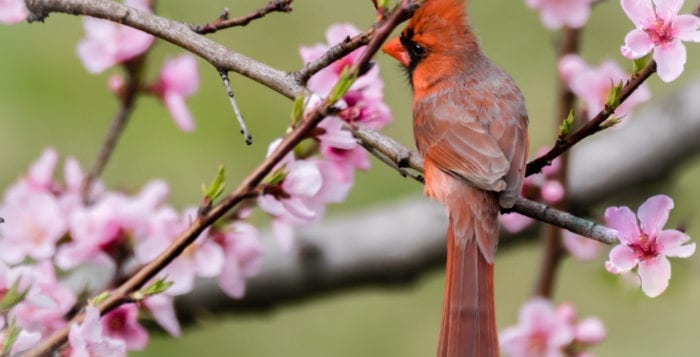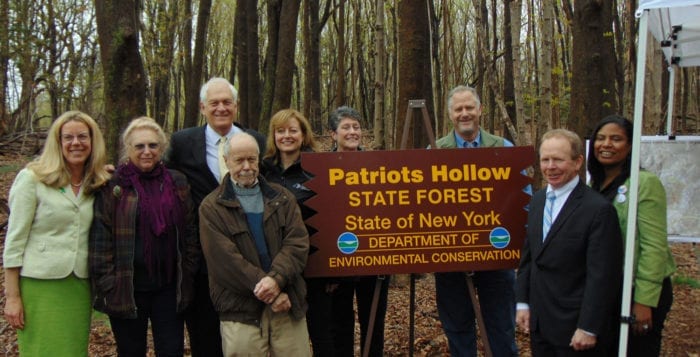By George and Maria Hoffman
Two years ago the United States was the leading voice on global climate action at the Paris conference. Then came the November election and this week the new president will be deciding whether or not the U.S. will even remain in the Paris climate agreement.
Facing such a policy sea change, we decided to travel to Washington D.C. April 29 and join with more than 200,000 people from across the U.S. to show our support for continued government action in reducing greenhouse gas emissions that are dangerously warming
our planet.
At 2 a.m. our journey began, meeting a bus at Stony Brook University that was chartered by the local chapter of the Sierra Club. There we were joined by dozens of Long Islanders who like us were compelled to travel to Washington and take part in the People’s Climate March.
The bus was filled with college students, retirees and people of all ages in between, who joined together because of their concern about our planet.
We arrived at Robert F. Kennedy Memorial Stadium in the early hours of the morning, converging on Washington with hundreds of other buses filled with people from other states across the U.S. There was a friendly, small-town camaraderie as we were given instructions by march organizers about the day’s events and where we were to meet up by the Capitol building.
It was heartening to see so many people who were willing to wake up in the middle of the night to travel hundreds of miles to the Capitol for the purpose of using the power of our numbers to show our leaders that the issue of climate change needs action now.
As the sun climbed the morning sky, the April temperatures started to feel like summer, eventually reaching a record 91 degrees Fahrenheit degrees. But the marchers were not discouraged by the heat and marched from the Capitol down Pennsylvania Avenue to the White House with signs and banners supporting clean energy, staying in the Paris agreement and warnings that our seas were rising and the planet was in jeopardy.
As we walked to the White House, we noticed there were a lot of people carrying signs about the effect of climate change on honey bees. As beekeepers ourselves, we know that the effects of climate change—from extreme weather fluctuations to earlier flowering times—can have a devastating impact on both pollination and the survival of local bee colonies and wild pollinators.
One of the most powerful moments of the march happened as we passed the Newseum, the museum dedicated to the five freedoms of the First Amendment, and we saw etched on its facade the solid and simple words of the First Amendment that gave “the right of the people peaceably to assemble, and to petition the government for a redress of grievances.” To read this amendment carved in stone before us as we exercised the very freedoms made real by those words was profound and moving.
After the march was over and we returned to our buses for the long drive back to Long Island, many of us shared stories about the day’s events and how energized we were by taking part in a show of strength in our nation’s capital in support of continued action on climate change.
After almost 24 hours from the start of our journey, we pulled back into the university. We were tired from our long march down Pennsylvania Avenue. But a spark returned as we spoke of that moment as we passed the Newseum and saw the words of the First Amendment. That moment seemed to be fundamental both to the day and to what it meant be an American citizen. We had peaceably assembled, and petitioned our leaders to accept the scientific consensus that the Earth is warming and to take action to prevent further harm.


